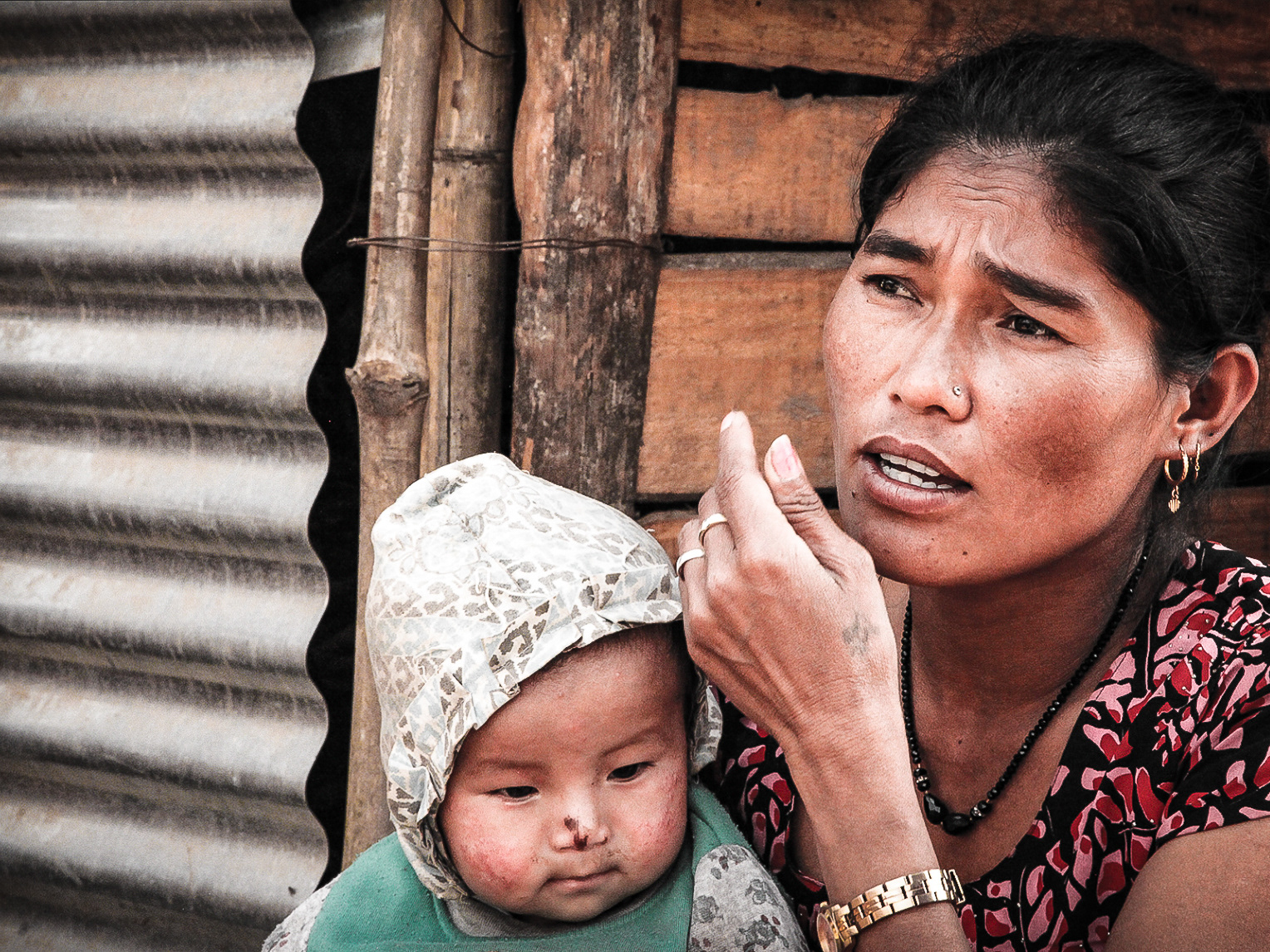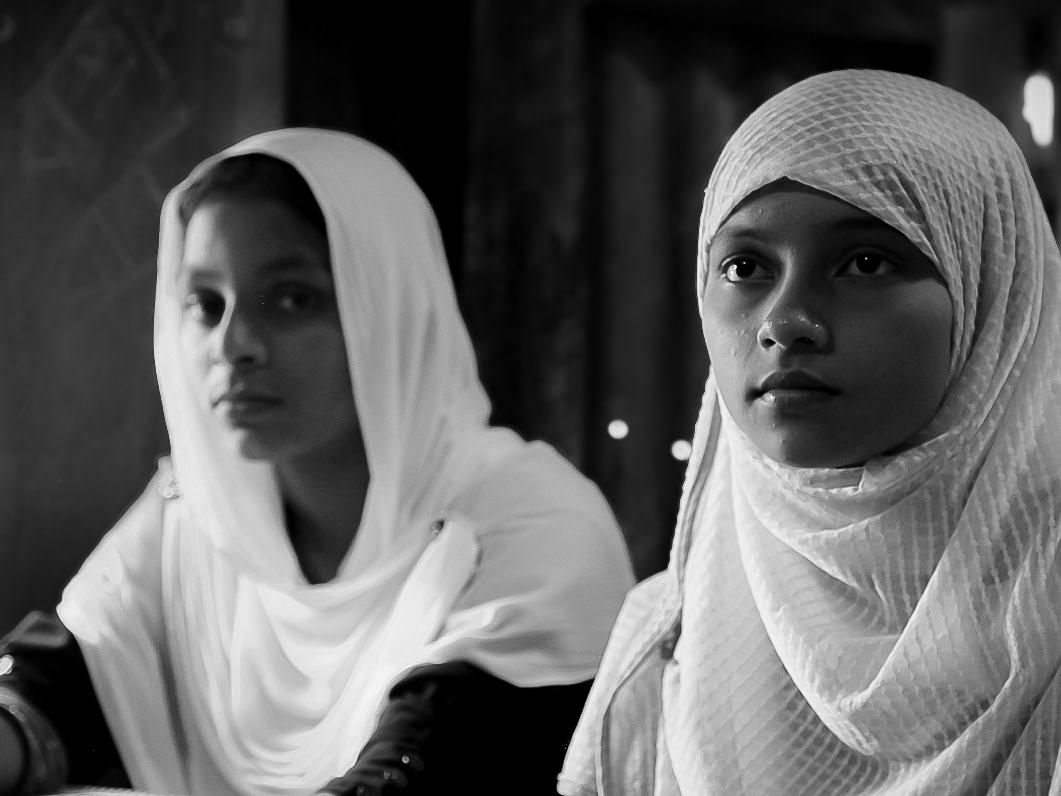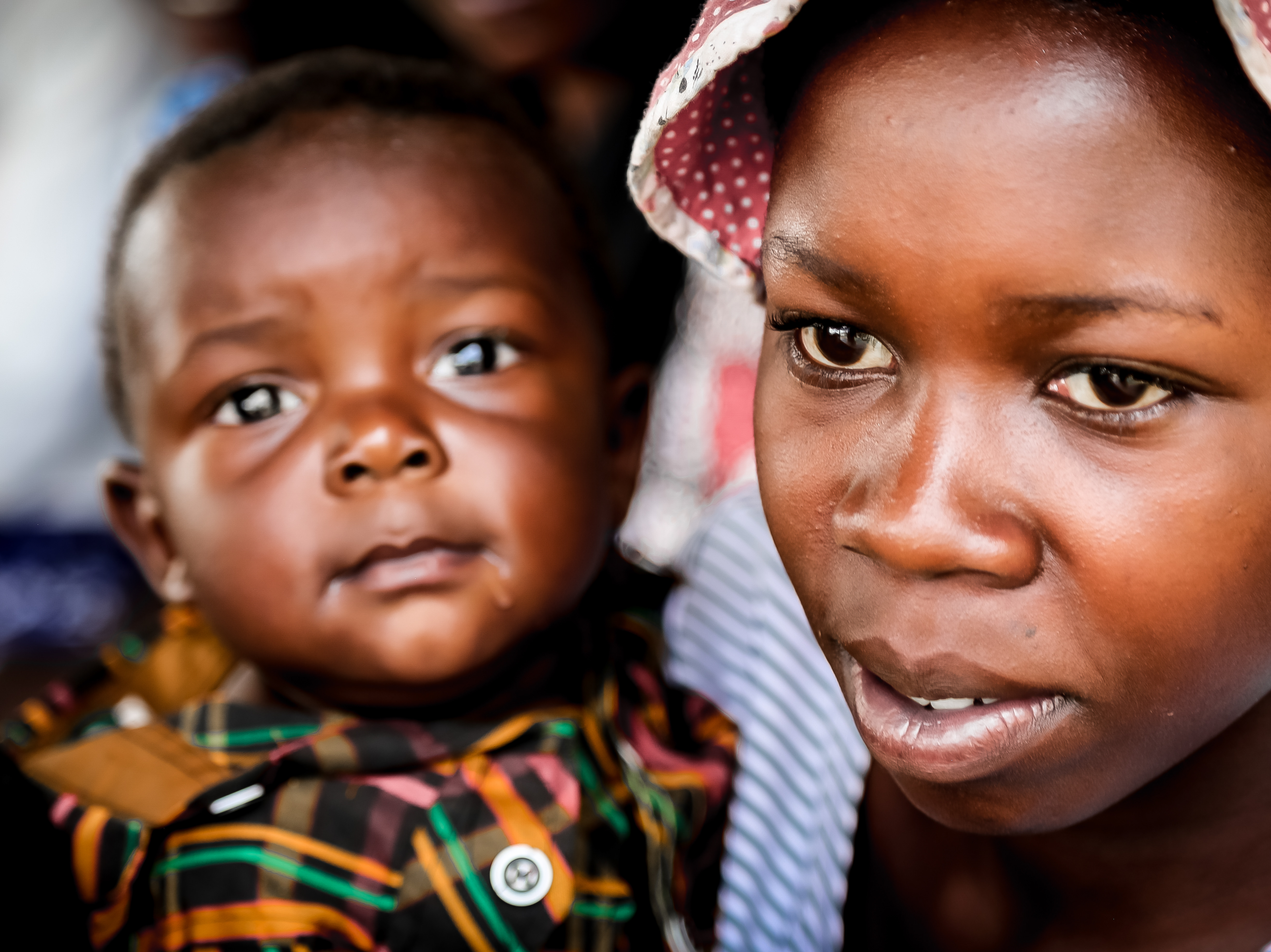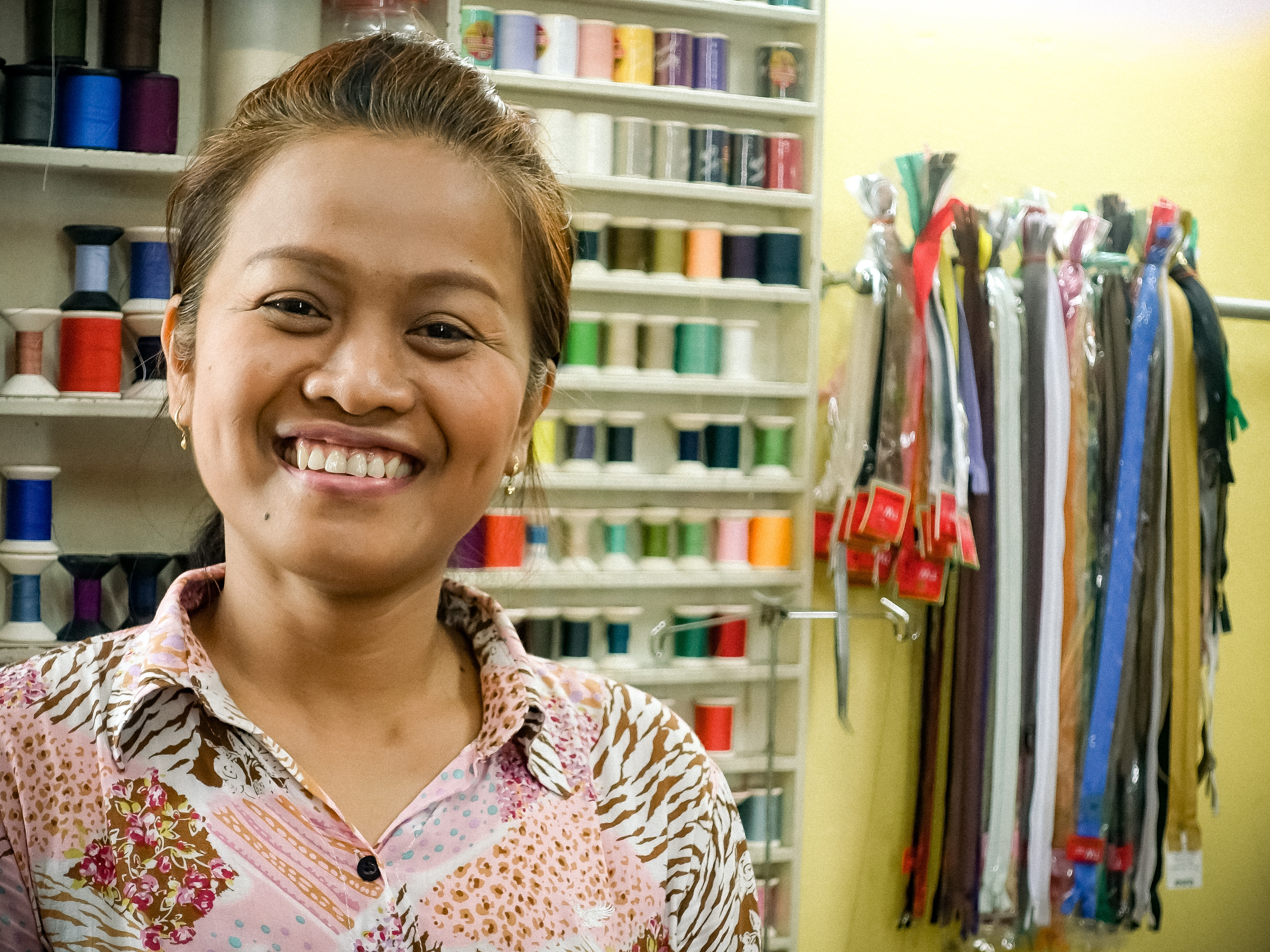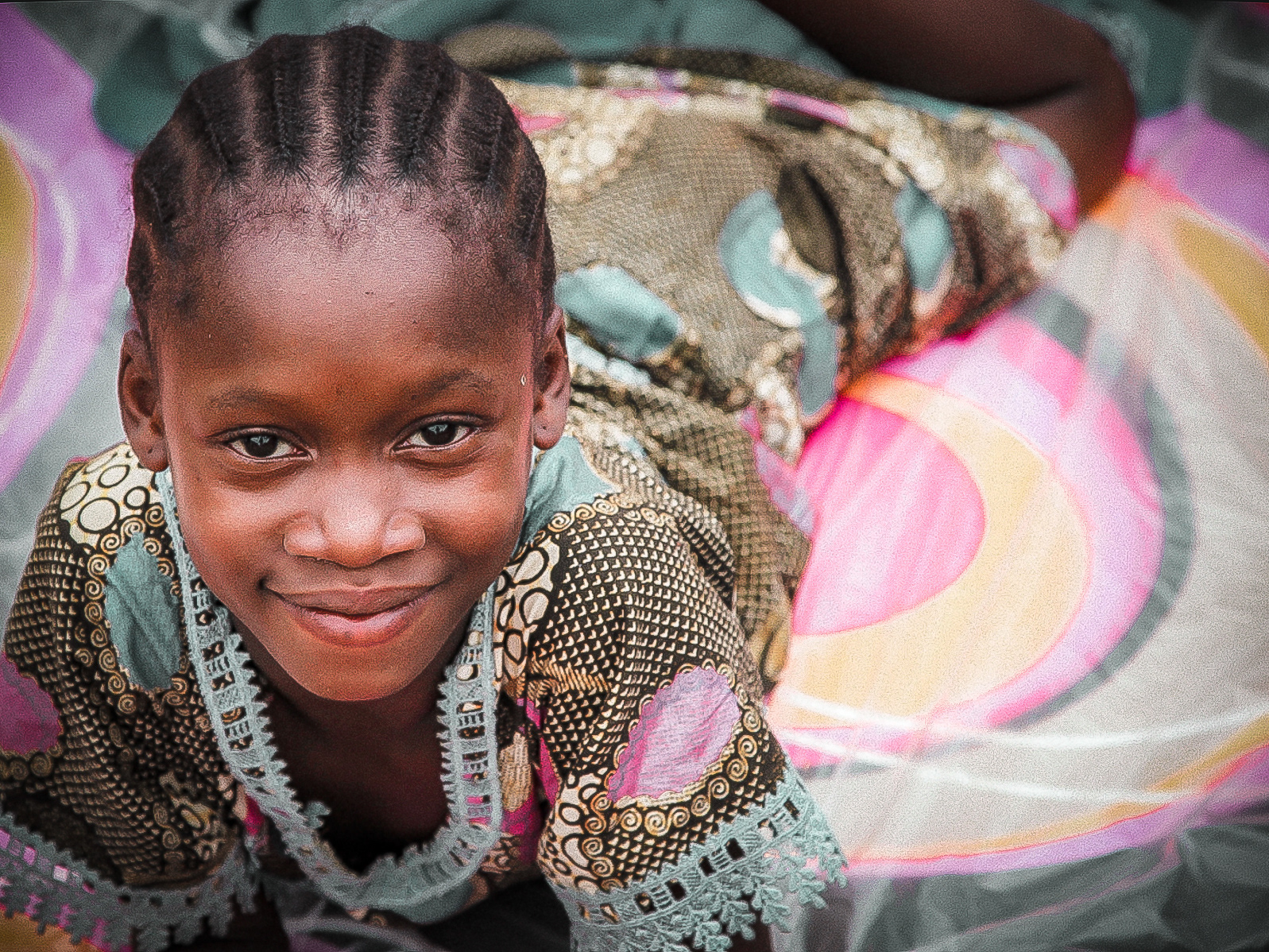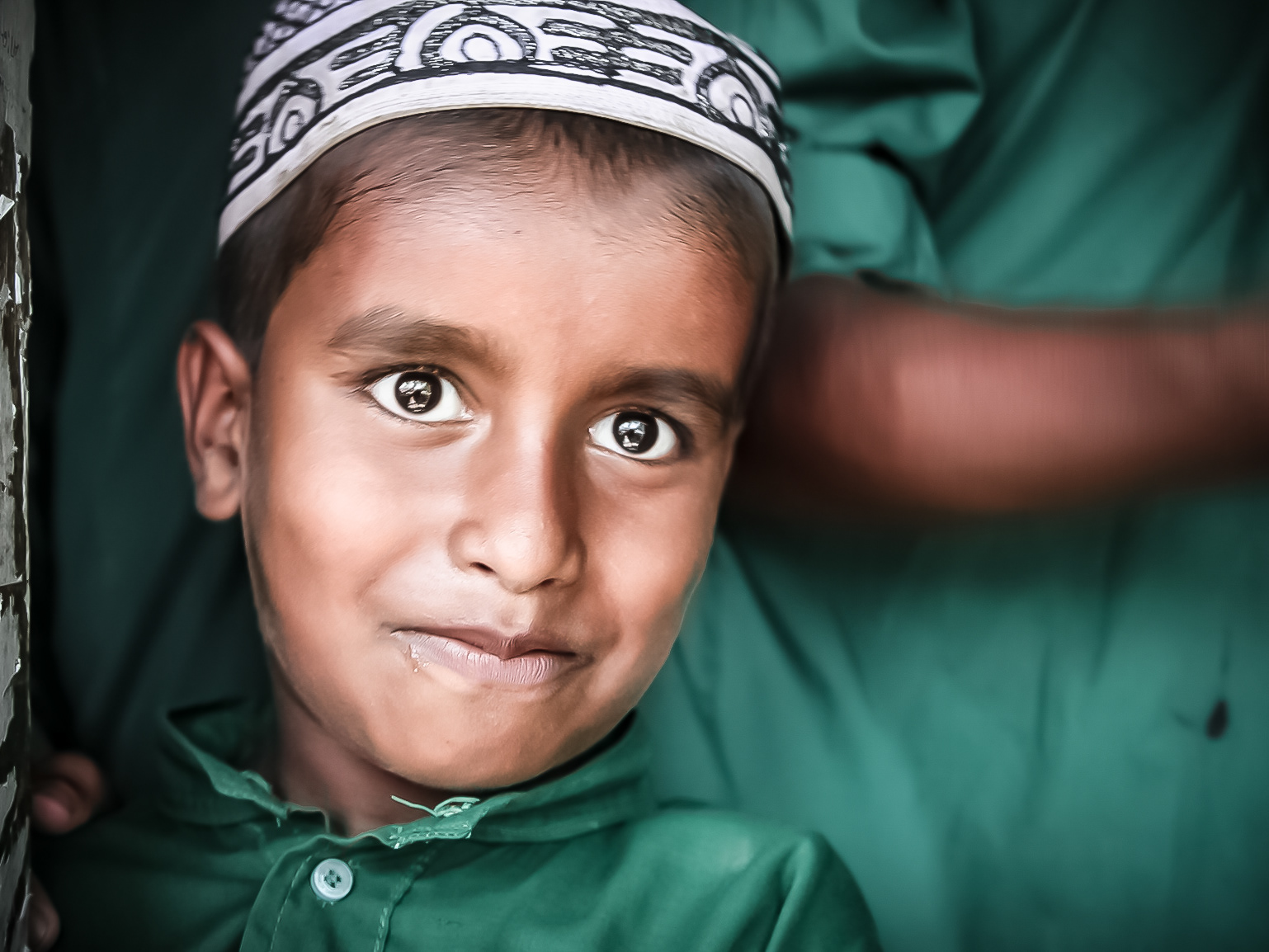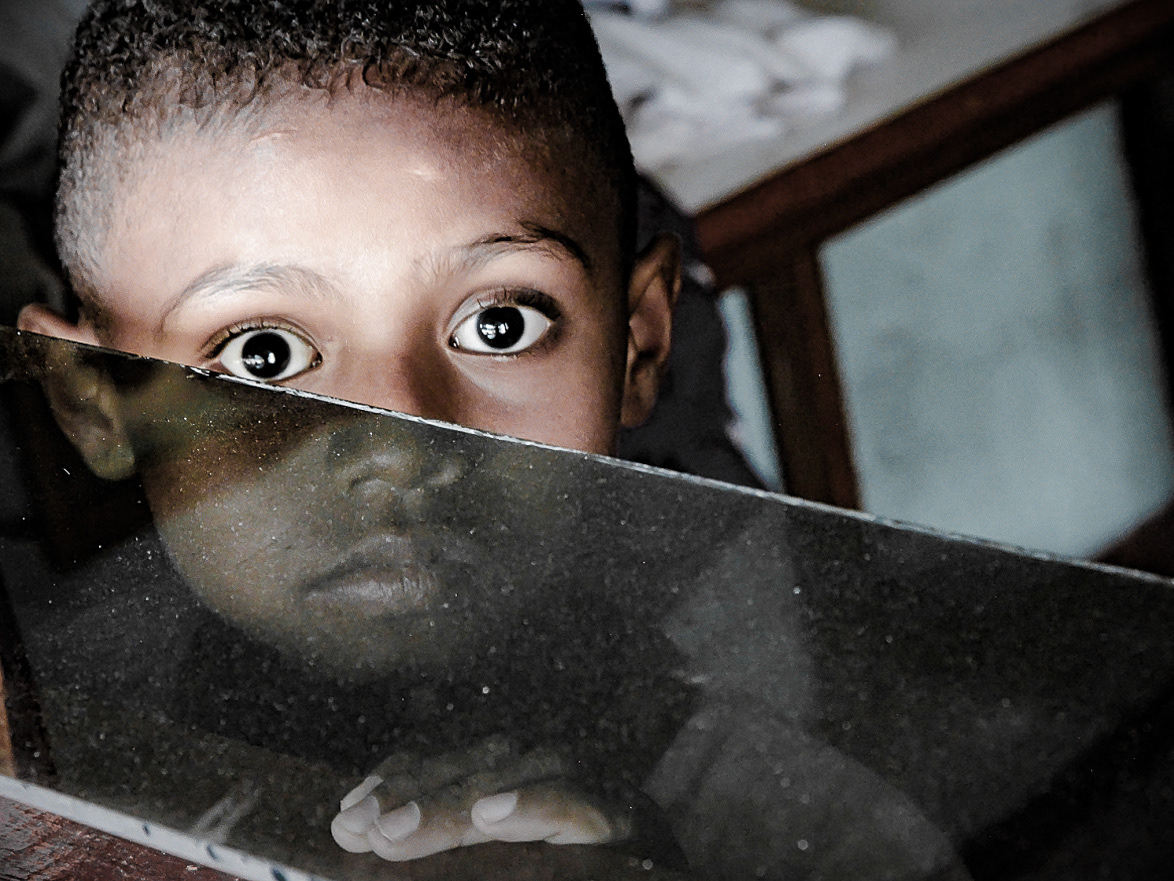In remote Cambodia, a push to end maternal deaths
In the remote farming village of Sakreang, in Cambodia’s far north-east, Romam Pcheuk visits pregnant women in their homes.
“I keep my eye on the girls who are pale, and those that get pregnant very young,” she says. “It’s my job to warn them of danger signs.”
Pcheuk once helped women give birth the traditional way – at home, often using dangerous practices.
“I pushed their bellies down harder when the baby wouldn’t come out,” she remembered. “If there were problems, it got dangerous. We didn’t have any equipment or medicine on hand.”
Romam Pchuek reaches out to pregnant women in Ratanakiri, encouraging them to seek appropriate care.
But five years ago, she joined a government-led initiative, supported by UNFPA, that aimed to educate women in far-flung communities about safe pregnancy and childbirth.
Crucially, she learned to encourage all pregnant women to visit professional health care providers.
Today, she is a community health volunteer, looking out for hundreds of pregnant women in Sakreang and nearby villages in Rattanakiri Province. She monitors their progress and gives them referrals to health facilities.
“Today, no one here gives birth at home anymore. Everyone goes to the facility.”
Huge gains, lingering challenges
Cambodia has made huge gains in bringing down maternal mortality.
“Back in 1990, the country's maternal death rate was right up at around 1,200 women dying per every 100,000 live births,” says Catherine Breen Kamkong, UNFPA’s Deputy Representative in Cambodia,“ but by 2015, it was down to about 161 per 100,000.”
Midwife Sou Sreymech checks over a pregnant woman at the Oyadav district health centre in Rattanakiri, Cambodia.
Nearly 90 per cent of all births in Cambodia now take place under the care of a skilled birth attendant, but in remote provinces like Rattanakiri, progress is only just starting to show.
“We’ve had zero maternal deaths in our district so far this year,” says Dr. Lek Chanthy at the Borkeo district hospital, which covers a population of around 70,000 in Rattanakiri.
“But language barriers, traditional practices and a lack of education are still serious challenges.”
Dr. Lek Chanthy moved from Cambodia's capital Phnom Penh, to serve remote indigenous communities.
There are nearly 195,000 people in the province, and over half are from indigenous groups. Many stick closely to traditional lifestyles: farm work, early marriage and risky births at home.
“Some people marry at just 14, so when they get pregnant their bodies are not ready,” explains Dr. Lek Chanthy, vice-chief of the district hospital.
“Young mothers face higher risks of things like excessive bleeding and disability later in life, and with no skilled birth attendants helping with childbirth, they may not make it through serious complications.”
Nou Nalam, 19, waits nervously for his 17 year-old wife as she undergoes treatment after giving birth at the Borkeo district hospital.
Villagers in Ratanakiri.
Romam Phel, 17, is poised to become one of these young mothers. She was married at 16, and is now five months pregnant.
“I think my time came, and we just fell in love,” she said about her early marriage. “I wanted to have children straight away after our wedding.”
Ms. Pcheuk is encouraging her to give birth at a health facility.
Romam Phel, 17, exits her home in Rattanakiri.
The last mile
Since the 1990s, UNFPA has supported the government in building a workforce of professional midwives and boosting access to sexual and reproductive health services.
Today, UNFPA, the government and partners are focusing on remote and underserved regions.
“Risks remain high for geographically remote communities and for marginalized groups like ethnic minorities, adolescents and migrants,” explains Breen Kamkong.
“We working hard to go that last mile in bringing down maternal deaths, but that means putting the rights and needs of remote communities and marginalized groups right up front – so everyone can benefit from Cambodia’s huge gains in bringing down maternal mortality.”
A father and daughter in Rattanakiri.
